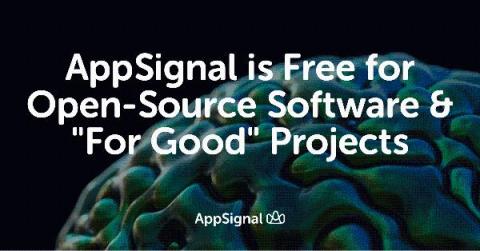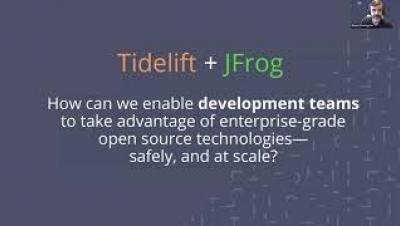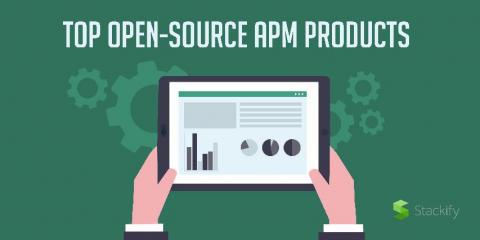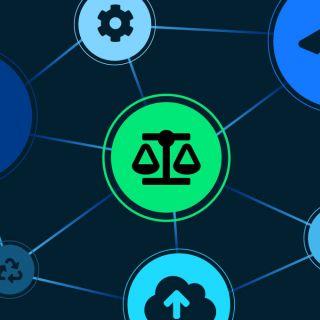AppSignal is Free for Open-Source Software & "For Good" Projects
Whether you write code to save the bees, build the latest CMS, or teach others to become a developer: we’ve got your back. We’ve always offered AppSignal for free to maintainers and do-gooders who asked, such as Elixir School, Code::Stats and the MEANS Database. Starting today, we want to spread the word to all open-source maintainers and volunteer organizations that AppSignal is 100% free for them.











